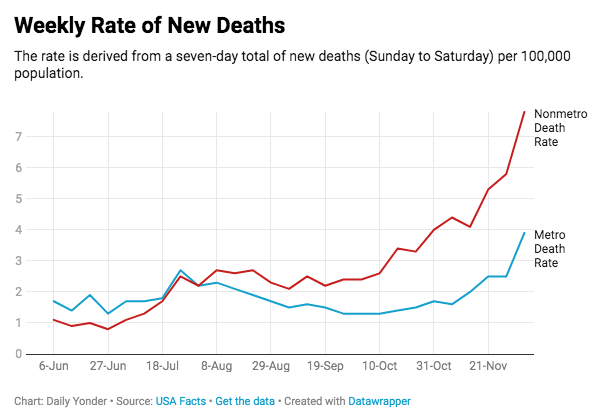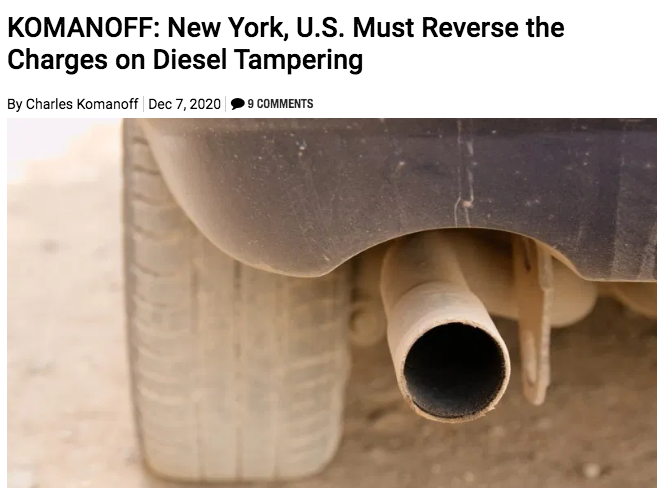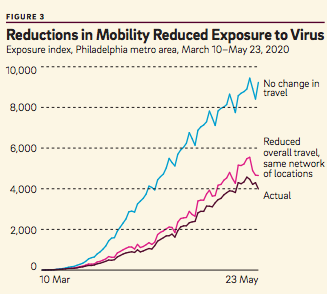What City Observatory did this week
1. The only reason many people drive is because we pay them to. There’s an important insight from recent applications of tolling to urban highways. When asked to pay even a modest amount for using a fast (and expensive) asset, many drivers vote with their feet/wheels and choose other routes or forego driving at all. Case in point: Seattle’s new $3 billion SR 99 tunnel under downtown: Tolls cover less than 10 percent of the cost of the project, but as soon as they started charging tolls, nearly a third of the traffic on the tunnel went away; and half of that decline simply disappeared.
The plain message here is that many people will only drive on these expensive new urban roadways only if someone else pays all (or nearly all) of the costs. In effect, that means that much of the traffic (and traffic congestion) we experience is a result of paying people to drive. If they were asked to pay even a tiny fraction of what it costs to provide the roadway, there’d be no congestion.
2. CityBeat: More anecdotes about urban flight. The number of such stories is waning, but there’s still a strong impulse to spin narratives proclaiming an “urban exodus” based on fears of the Coronavirus. The latest of these comes from John Burns Real Estate Consulting, who conducted a survey of institutionally managed single family home rentals, and found that 59 percent of new tenants had moved from urban areas. While they judge that to be evidence of city flight, the data are missing some important context; specifically, there’s no indication of whether 59 percent is an increase or decrease from pre-pandemic patterns. Moreover, the urban flight theory makes almost no sense today because—unlike in the Spring—Covid rates are now higher in less dense areas. The death rate from Covid-19 in recent weeks has been twice as high in the nation’s rural areas as in metro areas. Statistically, leaving the city increases your risk of catching Covid.
Must read
1. Fixing US housing policy. Brookings Institution’s Jenny Schuetz has some measured and direct advice for the Biden Administration if it wants to help address housing affordability, availability, and to address lingering wealth disparities. Schuetz points out the failures of promoting homeownership as a wealth building strategy: our subsidies are heavily skewed to higher income households, and for many homeownership is an inappropriately risky bet. The collapse of housing prices a decade ago disproportionately affected lower income households and communities of color. Schuetz advocated eliminating the mortgage interest deduction entirely (it’s now only available to higher income households and is extremely regressive), and putting in place some combination of individual development accounts and baby bonds, that would enable all Americans to build wealth, both to have the financial security to weather short-term crises, and to accumulate the savings needed for major investments like education and housing. It’s sensible, if understated, advice.
2. Rolling Coal: Illegally disabling pollution control devices results hundreds of millions in added health costs. The most visible pollution cheating scandal was Volkswagen’s test-beating software that enabled pollution controls on its diesel vehicles only when they were being tested. In the US, there’s widespread DIY cheating on diesel emissions. Its possible to buy chips or hardware that disable the pollution controls on diesel vehicles. Nationally, EPA estimates half a million pickups and SUVs have had their controls disabled. Among US states, California has done the best job, through regulations, inspection and public education, of discouraging cheating. Streetsblog NYC’s Charles Komanoff estimates if other states could equal California’s record for compliance, the reduction in diesel emissions would save $10 billion in health costs. Where’s the law and order crowd when it comes to following laws that save people’s lives?
3. Falling toll revenues are telling us something important about transportation projects. Writing in the Seattle Times, reporter Heidi Groover has a terrific example of data-driven journalism that shines a light on our transportation economics. Groover tracks the traffic levels, and associated toll revenues from a series of major transportation projects in Washington State, including the multi-billion dollar Highway 520 floating bridge replacement and the new Highway 99 tunnel bored under downtown Seattle. In short, the financial outlook for several of these projects is grim. Groover writes
Traffic is down by about half on the Highway 520 bridge and in the Highway 99 tunnel, after steeper drops earlier in the year. Neither the bridge nor the tunnel is expected to meet pre-pandemic budget projections, and toll increases are likely on both routes next year. “We’re really in crisis management mode for the 520,” Deputy Treasurer Jason Richter told state lawmakers Nov. 30.
It’s a reminder that toll-based projects are only as financially sound as the projections on which they’re based, and its all too common for states to over-estimate how much revenue they’ll collect. When toll revenues fall short, state DOTs start cannibalizing revenue that could otherwise be used for maintenance and safety, or are forced to further increase tolls, which can lead a kind of financial death spiral for a tolled roadway. The truth is, as we opined this week at City Observatory, many big expensive highway expansion projects are only used because we massively subsidize people to drive on them.
New Knowledge
Travel limitations reduced the spread of the Coronavirus in the Spring. A new study from Philadelphia Federal Reserve Bank economists looks at the effectiveness of reduced travel on the spread of the Coronavirus. Using cell-phone data to track the overall level of travel, and also to focus in on travel to and from more affected counties, Jeffrey Brinkman and Kyle Mangum find that lessened rates of travel in the Spring significantly reduced virus exposure. Their studied focused on five large metro areas.
Travel patterns changed in the U.S. during the coronavirus outbreak. People adjusted their travel patterns based on available information about the number of cases locally. Not only did people reduce overall travel but they avoided locations with a prevalence of cases. This significantly decreased exposure to and, in turn, reduced the spread of the virus.
Statistically, they estimate that compared to a counterfactual assumption where we didn’t reduce travel,overall exposure in the U.S. at the end of April was half as high as it would have been if people hadn’t traveled less often to locations with fewer cases.
While the results show people traveled less (total travel was down about 60 percent) and in particular, people avoided traveling to counties with high infection rates, the study doesn’t discern how much of the travel reduction was attributable to edicts like “Stay at Home” orders, and how much was due to voluntary decisions to reduce travel (and self-interested choices to avoid places with high levels of cases). Either way, though, its clear that reducing travel had the effect of slowing the spread of the virus.
Brinkman, Jeffrey, and Kyle Mangum. “The Geography of Travel Behavior in the Early Phase of the COVID-19 Pandemic,” Federal Reserve Bank of Philadelphia Working Paper, forthcoming. A pre-publication summary of these results appears in Economic Insights.
In the News
Streetsblog republished our commentary, Climate Hypocrisy in Phoenix, calling out the disconnect between pledging to meet the Paris Climate goals someday in the distant future, while plunking hundreds of millions of dollars into freeway widening. Sadly, Phoenix is not the only offender.



